-
 Bitcoin
Bitcoin $108,017.2353
-0.81% -
 Ethereum
Ethereum $2,512.4118
-1.58% -
 Tether USDt
Tether USDt $1.0002
-0.03% -
 XRP
XRP $2.2174
-1.03% -
 BNB
BNB $654.8304
-0.79% -
 Solana
Solana $147.9384
-1.76% -
 USDC
USDC $1.0000
-0.01% -
 TRON
TRON $0.2841
-0.76% -
 Dogecoin
Dogecoin $0.1636
-2.09% -
 Cardano
Cardano $0.5726
-1.72% -
 Hyperliquid
Hyperliquid $39.1934
1.09% -
 Sui
Sui $2.9091
-0.59% -
 Bitcoin Cash
Bitcoin Cash $482.1305
0.00% -
 Chainlink
Chainlink $13.1729
-1.54% -
 UNUS SED LEO
UNUS SED LEO $9.0243
-0.18% -
 Avalanche
Avalanche $17.8018
-1.90% -
 Stellar
Stellar $0.2363
-1.69% -
 Toncoin
Toncoin $2.7388
-3.03% -
 Shiba Inu
Shiba Inu $0.0...01141
-1.71% -
 Litecoin
Litecoin $86.3646
-1.98% -
 Hedera
Hedera $0.1546
-0.80% -
 Monero
Monero $311.8554
-1.96% -
 Dai
Dai $1.0000
-0.01% -
 Polkadot
Polkadot $3.3473
-2.69% -
 Ethena USDe
Ethena USDe $1.0001
-0.01% -
 Bitget Token
Bitget Token $4.3982
-1.56% -
 Uniswap
Uniswap $6.9541
-5.35% -
 Aave
Aave $271.7716
0.96% -
 Pepe
Pepe $0.0...09662
-1.44% -
 Pi
Pi $0.4609
-4.93%
How to use the financial management function on Binance? What is the rate of return?
Maximize crypto returns on Binance using Savings (1-10% APY), Staking (5-20% APY), and DeFi Staking (5-50% APY), but manage risks wisely.
Apr 29, 2025 at 02:28 am
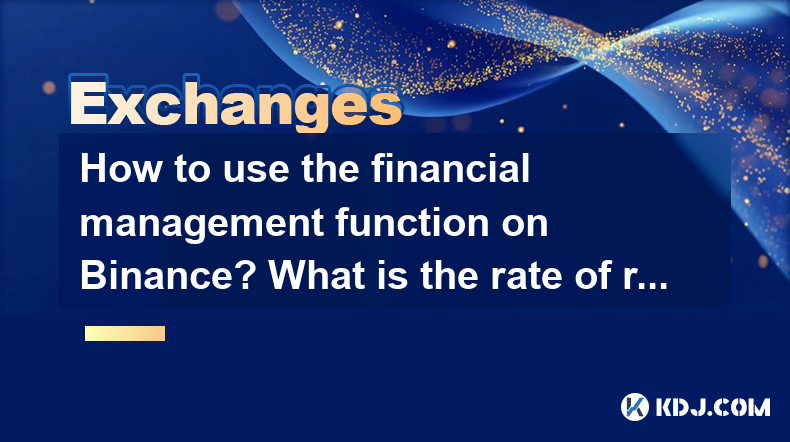
Using the financial management function on Binance involves leveraging various tools and services provided by the platform to maximize the potential return on your cryptocurrency holdings. This article will guide you through the process of using these functions and provide insights into the rates of return you might expect.
Understanding Binance's Financial Management Functions
Binance offers several financial management tools designed to help users earn passive income on their cryptocurrency. These include Binance Savings, Binance Staking, and Binance DeFi Staking. Each of these services has different mechanisms and potential rates of return.
- Binance Savings allows users to earn interest on their idle cryptocurrencies by depositing them into flexible or fixed-term savings accounts.
- Binance Staking involves locking up cryptocurrencies to support the operations of a blockchain network, in return for rewards.
- Binance DeFi Staking enables users to participate in decentralized finance (DeFi) projects to earn yields.
Using Binance Savings
Binance Savings is a straightforward way to earn interest on your crypto assets. Here's how to use it:
- Log into your Binance account and navigate to the "Finance" tab.
- Select "Savings" from the dropdown menu.
- Choose between Flexible Savings and Fixed Savings. Flexible Savings allow you to deposit and withdraw funds at any time, while Fixed Savings require you to lock your assets for a set period.
- Select the cryptocurrency you wish to deposit and the savings product.
- Enter the amount you want to deposit and confirm the transaction.
The rate of return for Binance Savings varies depending on the cryptocurrency and the type of savings product. Flexible Savings typically offer lower rates but provide more liquidity, while Fixed Savings can offer higher rates for those willing to lock their assets for longer periods.
Using Binance Staking
Binance Staking allows you to earn rewards by participating in the consensus mechanisms of various blockchain networks. Here's how to get started:
- Navigate to the "Finance" tab on Binance and select "Staking".
- Choose the cryptocurrency you want to stake and the staking product.
- Review the staking details, including the lock-up period and potential rewards.
- Enter the amount you wish to stake and confirm the transaction.
The rate of return for staking depends on the specific cryptocurrency and the network's reward structure. Generally, staking rewards are higher than savings interest but require you to lock up your assets for a longer period.
Using Binance DeFi Staking
Binance DeFi Staking allows you to participate in DeFi projects directly through the Binance platform. Here's how to use it:
- Go to the "Finance" tab and select "DeFi Staking".
- Choose a DeFi project you're interested in and review the project details, including the expected yield.
- Select the cryptocurrency you want to stake and enter the amount.
- Confirm the transaction to start earning DeFi yields.
The rate of return for DeFi Staking can be significantly higher than traditional savings or staking, but it also comes with higher risk due to the volatility and complexity of DeFi projects.
Comparing Rates of Return
The rates of return for Binance's financial management functions vary widely depending on the specific product and cryptocurrency. Here are some general guidelines:
- Binance Savings: Flexible Savings typically offer rates ranging from 1% to 5% APY, while Fixed Savings can offer rates from 3% to 10% APY.
- Binance Staking: Staking rewards can range from 5% to 20% APY, depending on the cryptocurrency and network.
- Binance DeFi Staking: DeFi yields can be highly variable, often ranging from 5% to 50% APY, but they come with higher risk.
Managing Risks
While Binance's financial management functions offer opportunities to earn passive income, it's important to manage the associated risks. Here are some tips:
- Diversify your investments across different cryptocurrencies and financial products to spread risk.
- Stay informed about the market conditions and the specific projects you're investing in.
- Monitor your investments regularly and adjust your strategy as needed.
Frequently Asked Questions
Q: Can I withdraw my funds from Binance Savings at any time?
A: If you have chosen Flexible Savings, you can withdraw your funds at any time. However, if you have opted for Fixed Savings, you must wait until the fixed term ends before withdrawing.
Q: What happens if I want to unstake my cryptocurrencies before the lock-up period ends?
A: Depending on the staking product, you may be able to unstake your cryptocurrencies early, but this could result in penalties or loss of rewards. Always review the terms of the staking product before committing.
Q: Are there any fees associated with using Binance's financial management functions?
A: Binance may charge fees for certain financial management functions, such as withdrawal fees for savings or transaction fees for staking. Always check the fee structure before using these services.
Q: How often are rewards distributed for Binance Staking and DeFi Staking?
A: The frequency of reward distribution varies depending on the specific staking product. Some distribute rewards daily, while others may distribute them weekly or monthly. Always check the details of the staking product for specific information.
Disclaimer:info@kdj.com
The information provided is not trading advice. kdj.com does not assume any responsibility for any investments made based on the information provided in this article. Cryptocurrencies are highly volatile and it is highly recommended that you invest with caution after thorough research!
If you believe that the content used on this website infringes your copyright, please contact us immediately (info@kdj.com) and we will delete it promptly.
- Cryptos in July 2025: Massive Gains or Just Hype?
- 2025-07-05 20:30:13
- Pepe's EVM Layer 2 Meme Coin Mania: What's the Hype?
- 2025-07-05 20:50:12
- Shiba Inu, Dogecoin, and the Crypto Skyrocket: What's Making These Memes Soar?
- 2025-07-05 21:10:12
- Tokenized Stocks: Robinhood, Gemini, and the NYSE Threat
- 2025-07-05 21:10:12
- Altcoin Adventures: Navigating the Pepe Fork Frenzy and Solana's Summer Swings
- 2025-07-05 21:15:12
- Hong Kong's Tokenised Bond Leap: Zero Stamp Duty Sparks Web3 Ambitions
- 2025-07-05 20:30:13
Related knowledge
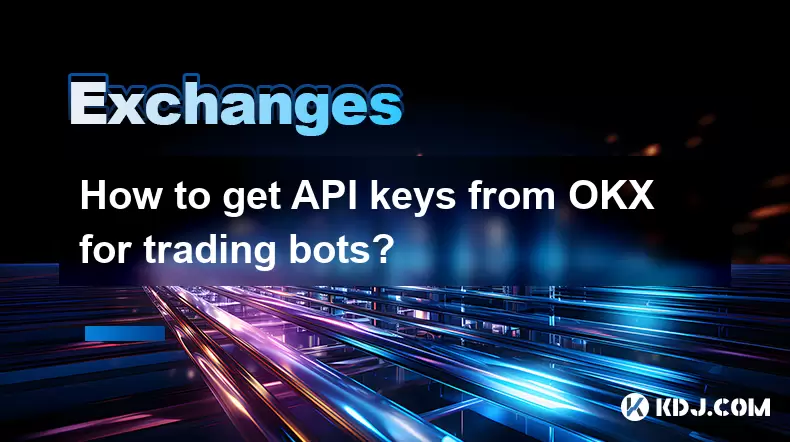
How to get API keys from OKX for trading bots?
Jul 03,2025 at 07:07am
Understanding API Keys on OKXTo interact with the OKX exchange programmatically, especially for building or running trading bots, you need to obtain an API key. An API (Application Programming Interface) key acts as a secure token that allows your bot to communicate with the exchange's servers. On OKX, these keys come with customizable permissions such ...
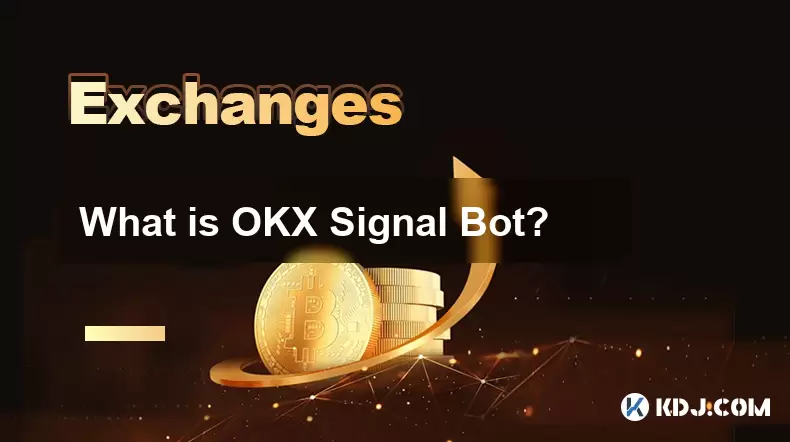
What is OKX Signal Bot?
Jul 02,2025 at 11:01pm
Understanding the Basics of OKX Signal BotThe OKX Signal Bot is a feature within the OKX ecosystem that provides users with automated trading signals and execution capabilities. Designed for both novice and experienced traders, this bot helps identify potential trading opportunities by analyzing market trends, technical indicators, and historical data. ...
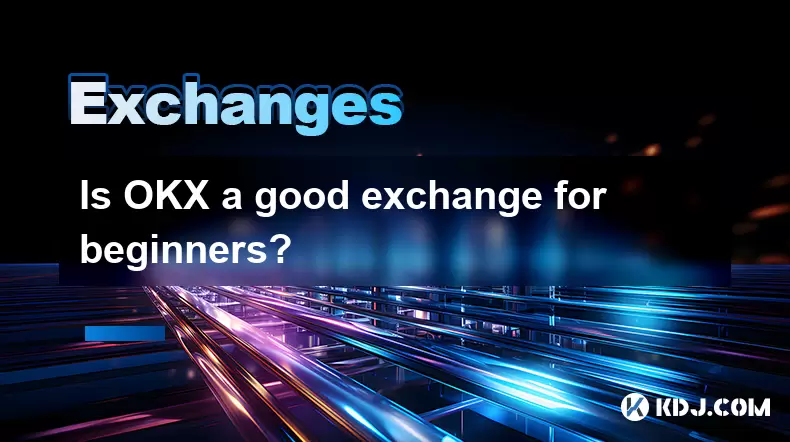
Is OKX a good exchange for beginners?
Jul 03,2025 at 05:00pm
What Is OKX and Why Is It Popular?OKX is one of the leading cryptocurrency exchanges globally, known for its robust trading infrastructure and a wide variety of digital assets available for trading. It supports over 300 cryptocurrencies, including major ones like Bitcoin (BTC), Ethereum (ETH), and Solana (SOL). The platform has gained popularity not onl...
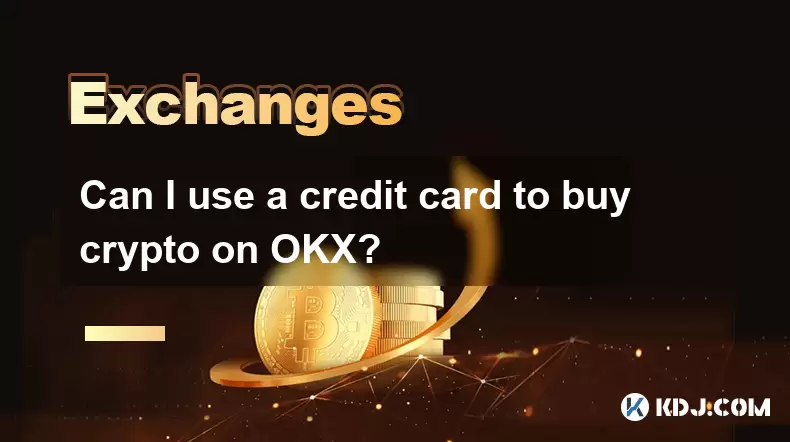
Can I use a credit card to buy crypto on OKX?
Jul 04,2025 at 04:28am
Understanding OKX and Credit Card PaymentsOKX is one of the leading cryptocurrency exchanges globally, offering a wide range of services including spot trading, derivatives, staking, and more. Users often wonder whether they can use a credit card to buy crypto on OKX, especially if they are new to the platform or looking for quick ways to enter the mark...
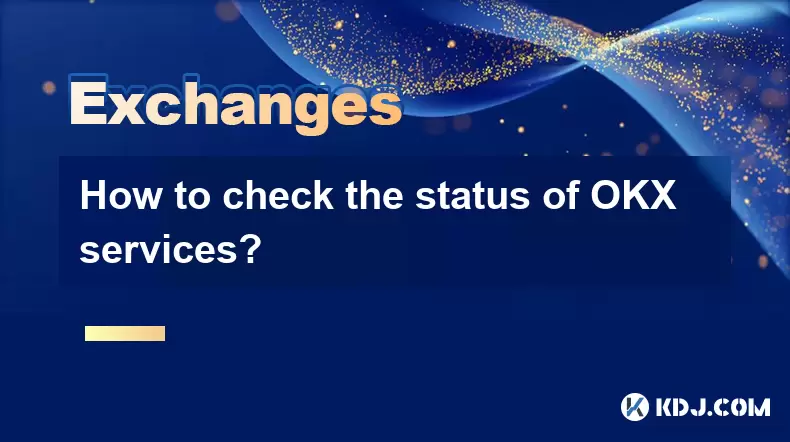
How to check the status of OKX services?
Jul 02,2025 at 11:14pm
What is OKX, and Why Checking Service Status Matters?OKX is one of the world’s leading cryptocurrency exchanges, offering services such as spot trading, futures trading, staking, and more. With millions of users relying on its platform for daily transactions, it's crucial to know how to check the status of OKX services. Downtime or maintenance can affec...
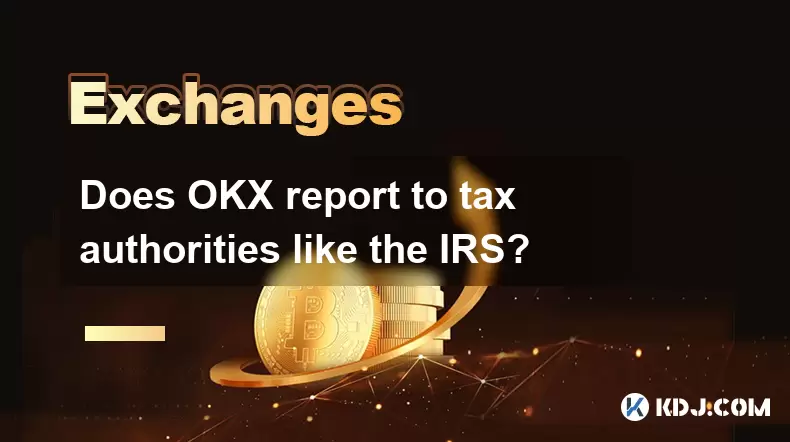
Does OKX report to tax authorities like the IRS?
Jul 03,2025 at 03:14pm
Understanding the Role of Cryptocurrency Exchanges in Tax ReportingCryptocurrency exchanges play a crucial role in facilitating digital asset transactions, but their responsibilities extend beyond trading and custody. As regulatory scrutiny intensifies globally, users are increasingly concerned about whether platforms like OKX report to tax authorities ...

How to get API keys from OKX for trading bots?
Jul 03,2025 at 07:07am
Understanding API Keys on OKXTo interact with the OKX exchange programmatically, especially for building or running trading bots, you need to obtain an API key. An API (Application Programming Interface) key acts as a secure token that allows your bot to communicate with the exchange's servers. On OKX, these keys come with customizable permissions such ...

What is OKX Signal Bot?
Jul 02,2025 at 11:01pm
Understanding the Basics of OKX Signal BotThe OKX Signal Bot is a feature within the OKX ecosystem that provides users with automated trading signals and execution capabilities. Designed for both novice and experienced traders, this bot helps identify potential trading opportunities by analyzing market trends, technical indicators, and historical data. ...

Is OKX a good exchange for beginners?
Jul 03,2025 at 05:00pm
What Is OKX and Why Is It Popular?OKX is one of the leading cryptocurrency exchanges globally, known for its robust trading infrastructure and a wide variety of digital assets available for trading. It supports over 300 cryptocurrencies, including major ones like Bitcoin (BTC), Ethereum (ETH), and Solana (SOL). The platform has gained popularity not onl...

Can I use a credit card to buy crypto on OKX?
Jul 04,2025 at 04:28am
Understanding OKX and Credit Card PaymentsOKX is one of the leading cryptocurrency exchanges globally, offering a wide range of services including spot trading, derivatives, staking, and more. Users often wonder whether they can use a credit card to buy crypto on OKX, especially if they are new to the platform or looking for quick ways to enter the mark...

How to check the status of OKX services?
Jul 02,2025 at 11:14pm
What is OKX, and Why Checking Service Status Matters?OKX is one of the world’s leading cryptocurrency exchanges, offering services such as spot trading, futures trading, staking, and more. With millions of users relying on its platform for daily transactions, it's crucial to know how to check the status of OKX services. Downtime or maintenance can affec...

Does OKX report to tax authorities like the IRS?
Jul 03,2025 at 03:14pm
Understanding the Role of Cryptocurrency Exchanges in Tax ReportingCryptocurrency exchanges play a crucial role in facilitating digital asset transactions, but their responsibilities extend beyond trading and custody. As regulatory scrutiny intensifies globally, users are increasingly concerned about whether platforms like OKX report to tax authorities ...
See all articles

























































































